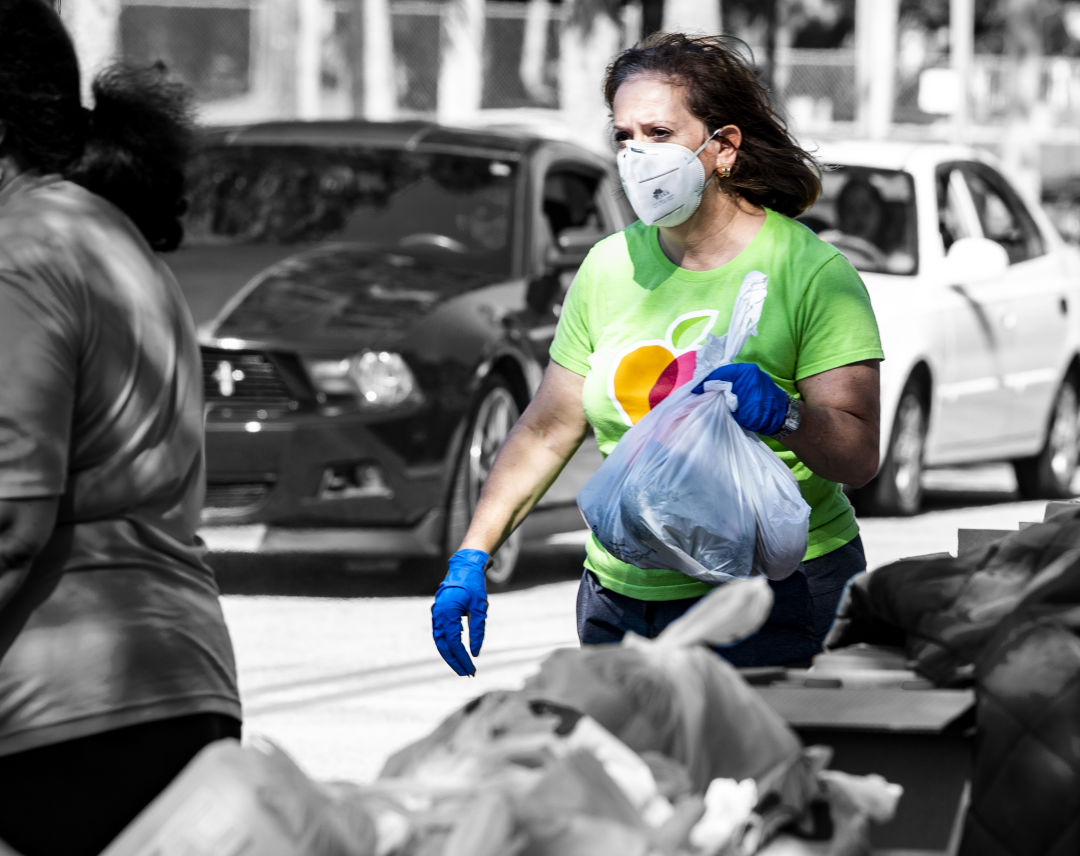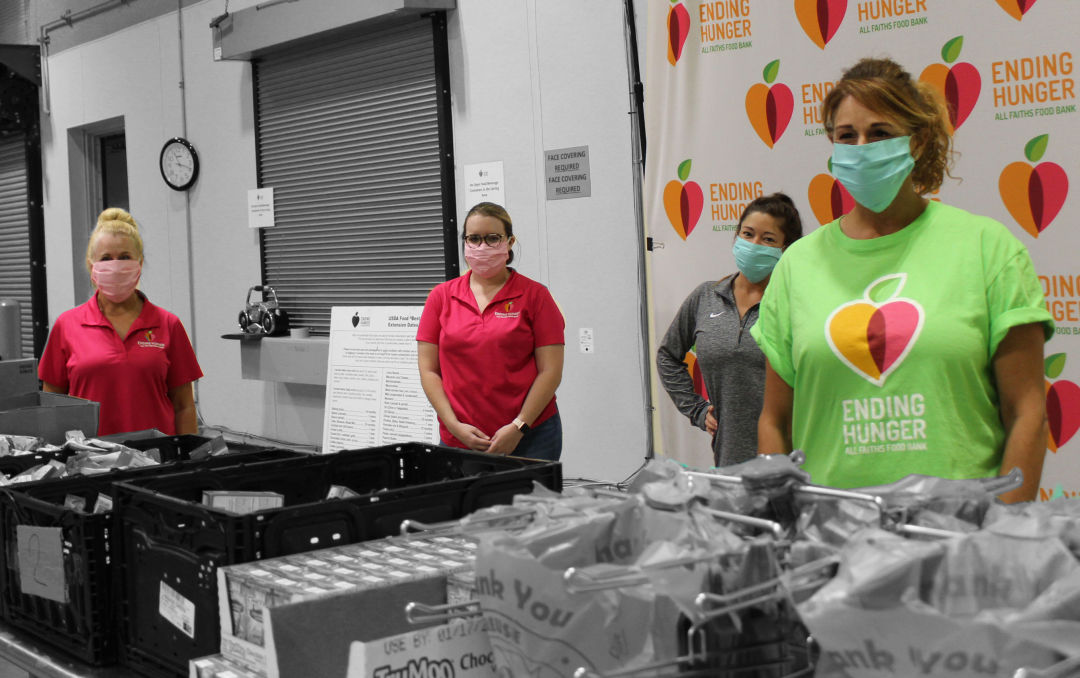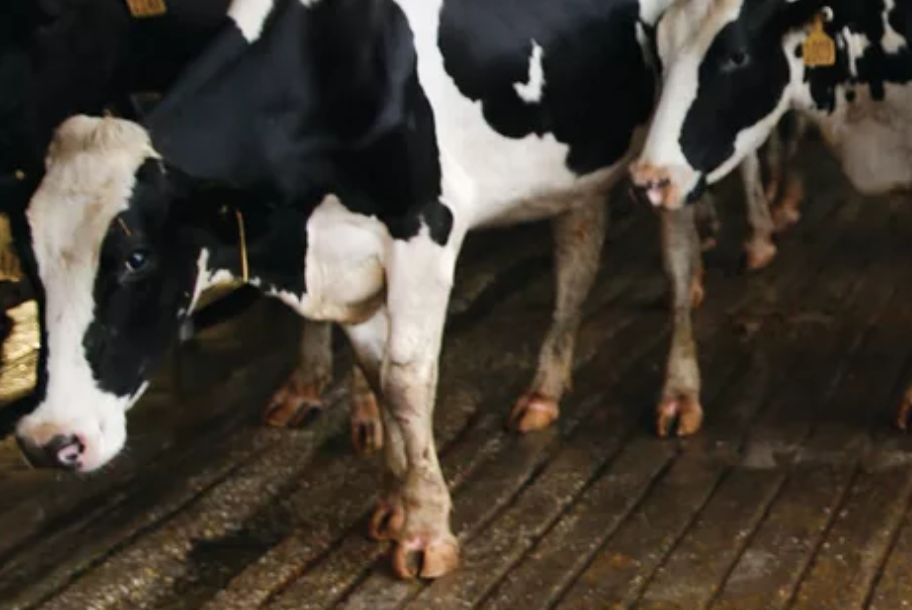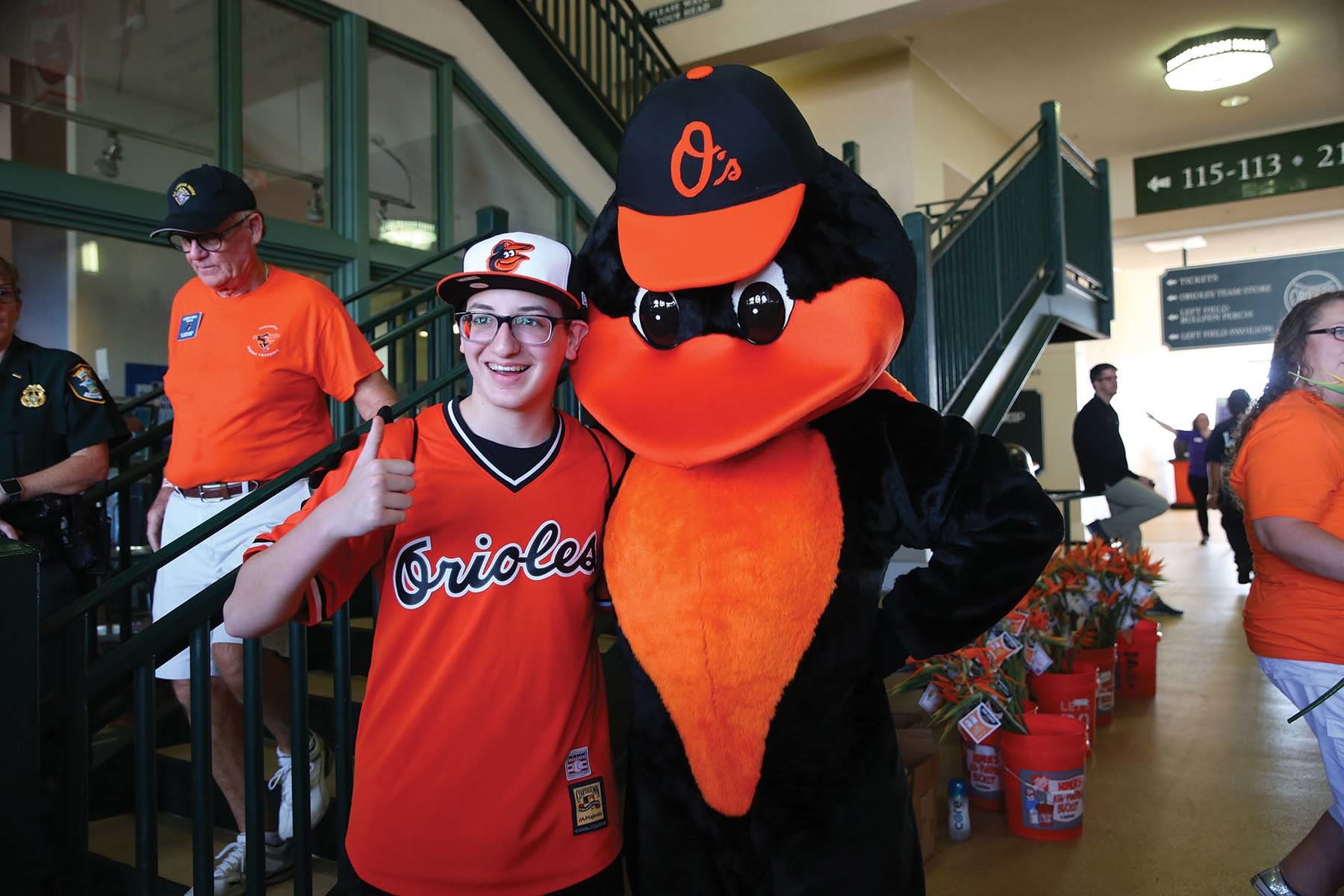All Faiths Food Bank CEO Sandra Frank on Feeding our Neighbors in This Time of Need

All Faiths Food Bank staff member Denise Cotler. Photo by Cliff Roles.
Image: Courtesy Photo
In a graphic illustration of how the coronavirus pandemic has shaken residents of Sarasota and Desoto counties, All Faiths Food Bank coordinated a 113 percent increase in food distribution from mid-March to mid-April vs. 2019—distributing more than 2 million pounds of food in that one month’s time, says CEO Sandra Frank. It facilitated an even greater 138 percent increase in the two weeks from mid-April to May 1.
On top of everything else it is doing, the food bank plans two mass distributions to feed 4,600 people each: this Saturday, May 9, at CoolToday Park in North Port; and May 16 at Ed Smith Stadium in Sarasota.
Frank talked with us how the nonprofit organization is coping with the challenges of COVID-19, and how it will use that unprecedented $621,000 it raised from this month’s Giving Challenge to help our neighbors in need.
How have the food bank’s operations changed since the coronavirus pandemic began?
“Everything has changed. We lost our volunteer core, we lost our major food supply lines, and because of ‘no-touch,’ ‘low-touch’ rules we had to change our distribution methodology. We have to pre-package everything now.”
Tell us more.
“The whole national supply chain was really tripped up; a lot of our normal resources dried up. We usually get 80 percent of our food donated by retail partners. That first month we had a 63 percent reduction in retail donations. We had to pivot to purchasing food. If the demand remains the same, we anticipate needing $450,000 a month to buy food.”
You temporarily can’t accept donations of canned goods and other food from the public.
"Think about it. Even grocery shopping is considered hazardous; you should wear a mask and sanitize your food when you get home. We’ve had to pre-package everything we distribute, so we had no choice but to suspend food donations from the public. We could not possibly sanitize all that food, and put the people pre-packaging the food and our clients at risk. We got a bit of blowback, but 99 percent of the people understand that if those sanitation requirements apply to them, it should apply to the food bank as we handle food.

Food bank staffers packing food for distribution.
Image: Courtesy Photo
Those recent newspaper photographs of Florida farmers plowing over their crops are heartbreaking. Are you purchasing from local farmers?
“We are. That was deeply troubling. Simultaneously, we had people living within a mile of farms who desperately needed that food for the first time in their lives.
“We’ve been fortunate to have access to as much [farm produce] as we could process. We purchase produce through our state organization. That first month we had a 78 percent increase in produce distribution. We partnered with Dakin Dairy [for example] to purchase 10,000 gallons of milk. They were very generous; we would purchase three pallets and they would donate a fourth.”
How does All Faiths distribute food?
“Think of a food bank as a large distribution center, like a Sam’s Club. We work with program partners and agencies to whom we deliver food, or they pick food up from us—nonprofits and churches like the Salvation Army and Church of the Palms.
“We also have our own mobile pantry and mobile farm markets that are out in the community every day. They’re a vital source of food in harder-to-reach areas, food deserts [for example] in Newtown, North Port, Vamo and Nokomis.
“Prior to COVID-19 they were run all by volunteers. Because of the social distancing and don’t-touch requirements, we had to suspend our volunteer force.”
How many volunteers does the food bank usually rely on?
“In normal times the annual number is 6,000. We’re run by volunteers. We had to put it all on hold. [But] yesterday we began slowly opening up the volunteer opportunities in the mobile pantry; they’re beginning to fill in. If anyone is interested, they simply go our website.
“Our staff of 49 has been on the front lines in addition to doing their own jobs. They had to step up; and they really, really did. We were very fortunate that Sarasota County opened up opportunities to county employees [to help us], as well as eight long-time volunteers who were doing the packing the first month.”
What’s next?
On May 9 and 16, we are hosting two mass distributions that can accommodate 4,600 people each. The first will be at CoolToday Park in North Port, the second is at Ed Smith Stadium. The Atlanta Braves and Baltimore Orioles are really stepping up to help us.
“We’re hoping to reach as many newly unemployed people as we can. We know there are tens of thousands of newly employed people who have never had to think about how to get food; this is our way for them to get acquainted with us, make ourselves available and give them options of where to find groceries. And we want to help our local farms.
“There’s no need to show I.D.”
Tell us about the Giving Challenge. What was your original goal?
“We were hoping we’d raise the same as 2018: $180,000. Who would ever have imagined that we‘d raise more than $621,000? It was a combination of so many emotions: disbelief, extreme humility, great joy, surprise, shock—all of those things.
“Donors related on such a humane and visceral level; people have to eat, and if they don’t have the resources, where are they going to have food.
“There are no words to express our gratitude. We always talk about the generosity of this community, but what happened with this Giving Challenge went so far beyond what we hoped for.”
How will you use the money raised?
“It’s very straightforward. This Giving Challenge money will be used only to purchase and distribute food.”



